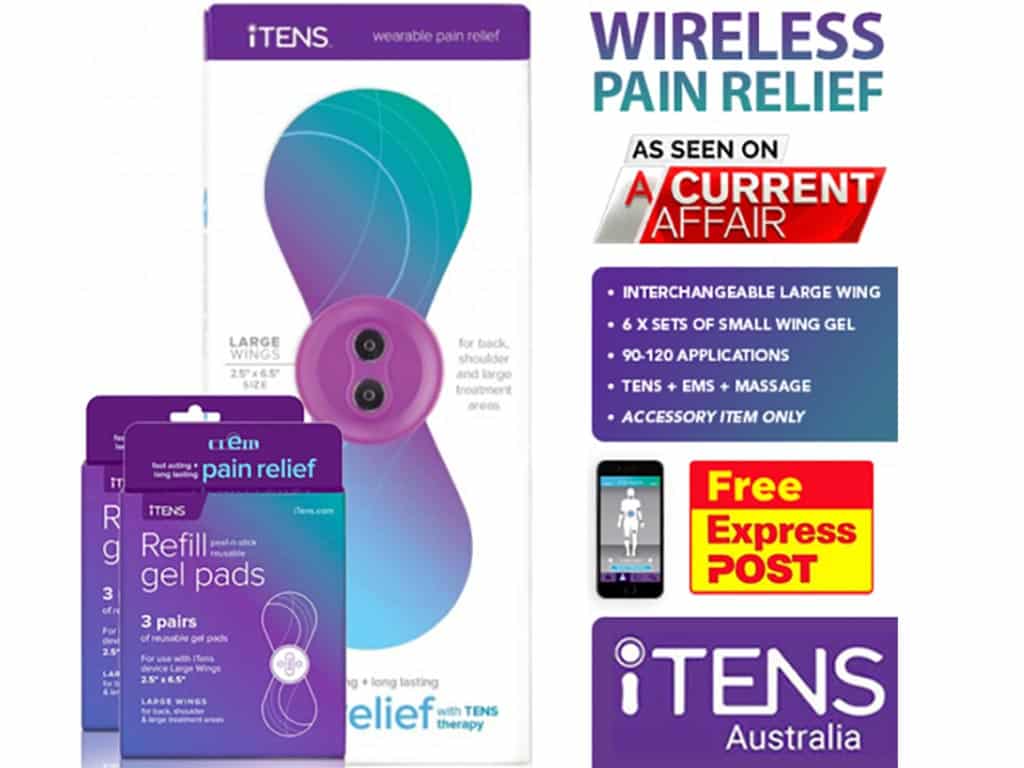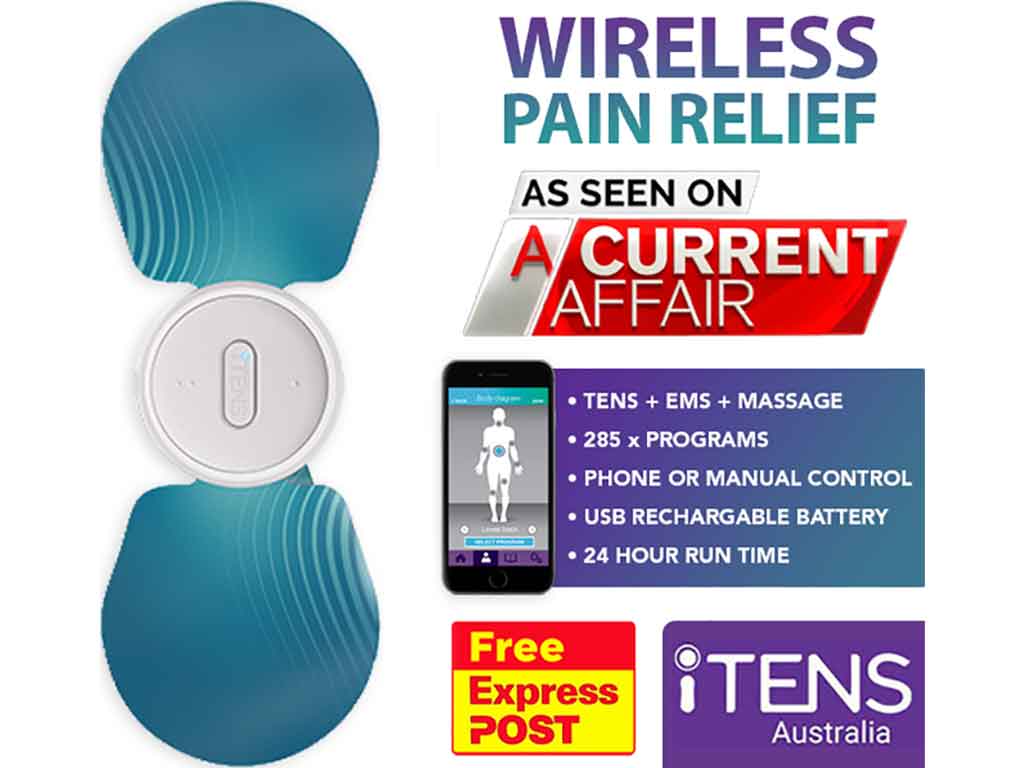
TENS is an in-demand therapy for pain relief. It works by stimulating sensory nerves, which helps to block pain signals from reaching the spinal cord. This treatment of pain helps manage chronic pain and acute pain. There are minimal Transcutaneous Electrical Nerve Stimulation side effects, but caution is necessary. Common risks include skin irritation and burns. However, using the correct size and shape pads, as well as proper placement, can prevent this.
TENS is a non-invasive way of reducing pain in adults like cancer pain, neck pain, and postoperative pain. However, like any medical treatment, it does carry some risks that they should be aware of. The next sections will present the side effects of TENS, including skin irritation, muscle twitching, and sudden electrical shock. By being knowledgeable about these and taking appropriate precautions, individuals can have a safe and effective TENS therapy experience.
Transcutaneous Electrical Nerve Stimulation Side Effects – Skin Irritation and Burns
One of the common Transcutaneous Electrical Nerve Stimulation side effects is skin irritation. This may manifest as redness, itching, or rash at the site of electrode placement. This is typically a mild and temporary reaction. However, it is advisable to monitor the skin closely and adjust electrode positioning or use hypoallergenic pads if necessary.
Another possible side effect of TENS is burns on the skin. This can happen if the electric current is too high or the electrode pads stay in one spot for too long. It is important to follow the instructions from the device manufacturer, including the recommended intensity and duration of use. If there is any burning sensation or skin discolouration during or after the therapy, stop the treatment right away and seek medical advice.
It is worth noting that these occurrences with TENS therapy are relatively rare. Nevertheless, it is essential to be cautious. People should report any allergic reactions or skin issues to a healthcare provider. By being aware of and instantly addressing any potential side effects, they can maximise the benefits of TENS and minimise the risks.
When to Replace Pads
The following are the situations in which replacing pads is essential:
- TENS pads become less sticky and do not adhere properly to the skin.
- They start to show signs of wear and tear, such as fraying or peeling.
- The gel on the pads starts to dry out, making it less conductive.
- Electrodes have been used for a prolonged period. Thus, the adhesiveness has significantly decreased.
- Pads have been exposed to dirt, oils, or sweat.
- Multiple individuals used them, increasing the risk of cross-contamination.
- Improper storage or exceeding the shelf life should also prompt the replacement of pads.

Transcutaneous Electrical Nerve Stimulation Side Effects – Muscle Twitching and Soreness
TENS is a widely used method for acute and chronic pain like diabetic neuropathy, rheumatoid arthritis, and musculoskeletal pain. While TENS therapy for pain relief can be effective, it may result in potential risks. More examples of Transcutaneous Electrical Nerve Stimulation side effects include muscle twitching, which can occur during or after treatment.
The electrical current causes the muscles to contract in a specific pattern, which can lead to slight muscle twitching. It is characterised by involuntary contractions or spasms of the muscles. This can be uncomfortable or painful. Hence, it is crucial to monitor the intensity and duration of muscle twitching and consult with a healthcare professional if the symptoms persist or worsen.
Soreness or discomfort at the site of electrode placement is also a side effect. As mentioned, the prolonged duration of the electrical stimulation can sometimes cause inflammation of the skin, leading to redness. Thus, ensuring proper placement is essential. If muscle twitching and soreness persist, it is recommended to discontinue TENS.
What To Do When It Happens
Taking proper steps to address the side effects is necessary. Firstly, check the placement of the electrodes to ensure they are in the proper position. If the soreness persists or worsens, consult with a medical practitioner. They can guide on alternative pain management strategies and recommend any necessary adjustments.
Additionally, closely monitor the skin for any signs of irritation or allergic reactions. If there is redness, swelling, itching, or a rash, stop using TENS and talk with a doctor. The effects happen from person to person, and professionals can assess specific situations. Afterwards, they can take appropriate measures to combat risks.

Transcutaneous Electrical Nerve Stimulation Side Effects – Sudden Electrical Shock
Treatment options like physical therapy using TENS are beneficial because they utilise natural painkillers in the body. It also reduces pain by implementing the pain gate theory, where electrical pulses flood the nerves non-invasively. However, there may be Transcutaneous Electrical Nerve Stimulation side effects like a sudden electrical shock. This can occur if the TENS device malfunctions or if there is improper handling of the device.
Experiencing an electrical shock during TENS therapy is alarming and uncomfortable. Thus, people should take immediate action. Turn off the machine and remove the electrodes from the skin. Check for any visible damage to the device or wires. If everything seems fine, reattach the pads carefully. If the shocks continue or there is any damage to the unit, stop using it and consult a healthcare professional for more guidance.
To further lessen the risk, always ensure that the TENS unit is in good working condition and away from water or wet surfaces. In addition, it is advisable to buy a device from a reputable source. Ensure that regulatory agencies test and approve it to receive the benefits of this pain management technique safely.
When to Avoid
There are situations when individuals should avoid TENS. Pregnancy is one of those times. It is best not to use TENS unless approved by a doctor. If given the signal, expectant mothers can use TENS for labour pain. However, electrodes should never be placed on the abdomen to avoid harm.
Additionally, TENS therapy should not be used on areas of the skin with open wounds or infections. Applying electrical stimulation to these areas can worsen skin reactions and delay healing. It is important to ensure that the skin is intact and healthy before starting a TENS session.
Conclusion
TENS machines can be an effective treatment for many people, but it is crucial to follow safety considerations. Otherwise, side effects of Transcutaneous Electrical Nerve Stimulation can occur. These include skin irritation, muscle twitching, and sudden electric shocks. Proper pad placement, correct settings, and adherence to guidelines are vital to ensure safe use and prevent risks. If unsure, always seek medical advice or refer to the user manual for specific guidelines on using TENS.
The side effects are usually mild and temporary. Also, the chances of experiencing them are low. However, it is important to monitor and address them appropriately. Persistent or worsening effects should prompt an appointment with a doctor for further evaluation and guidance. People who want to manage a variety of conditions like period pain, knee pain, and neuropathic pain can rely on TENS. They can check iTENS from iTENS Australia for reliable units.







